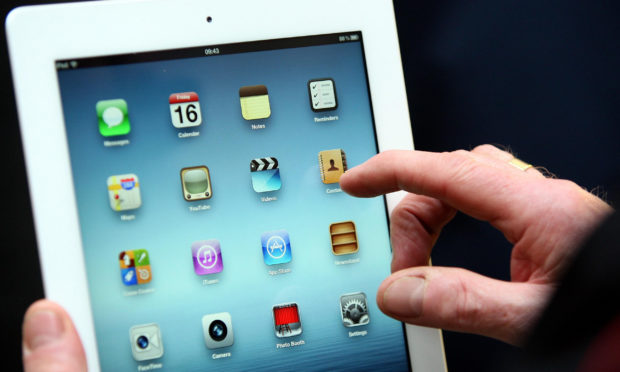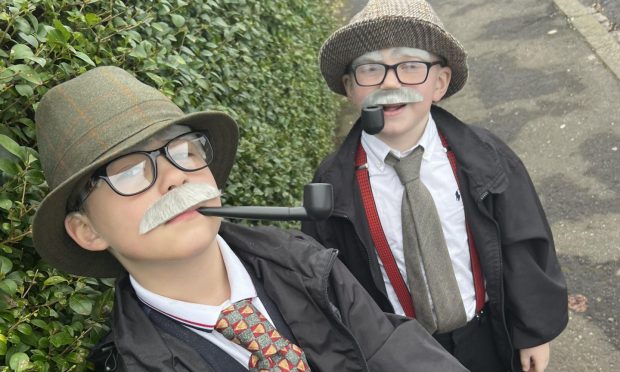When I was at school, your parents’ taste in household wallpaper was very important to your social standing.
The patterns that adorned your living room or under-stairs toilet would be the same ones used to cover your exercise books in class.
It was usually the first thing you were asked to do when you entered a new school year, and if your mum and dad favoured an embarrassing day-glo nightmare colour scheme, you’d have some explaining to do the next day.
It’s not something that new pupils to Bertha Park High School will ever have to worry about.
Instead of jotters that they have to damage-proof themselves, each child at the flagship school – Scotland’s first brand secondary for more than 20 years – will get a free Apple iPad.
It may sound like a too-good-to-be-true incentive from a dodgy insurance company, but Perth and Kinross Council believe this will help and enhance pupils’ learning.
An extravagant use of money? Well, possibly and I can understand why some eyebrows will be raised. But should it be happening? Absolutely.
Picture a classroom about 15 years from now: It would be foolish to think children will still be learning from the same textbooks and jotters generations of pupils have been using since year dot.
The council should be commended for making this bold move to evolve classroom learning.
It is, however, something of an experiment so there will almost certainly be teething problems. If entire lessons are structured around the use of smartphone technology, what happens when these devices get lost, broken or stolen, or even sold off by an unscrupulous relative.
How sure are we that pupils will be protected from the pitfalls of social media? And how will we keep track of these devices without intruding on data privacy?
Perhaps more importantly: Since tablets have become so commonplace, is there even a need to hand them out to pupils who probably already have one.
All of these questions will be answered in time.
The use of smart devices in the classroom does sound like the way ahead and it shows a firm commitment by PKC to its Bertha Park project, while other local authorities look on.
But in 2019, when teachers across Scotland still have to use their own money to buy general stationery and other items that the public might think are basic classroom staples (plus staples), questions over what is being sacrificed to pay for this new technology need to be asked.










